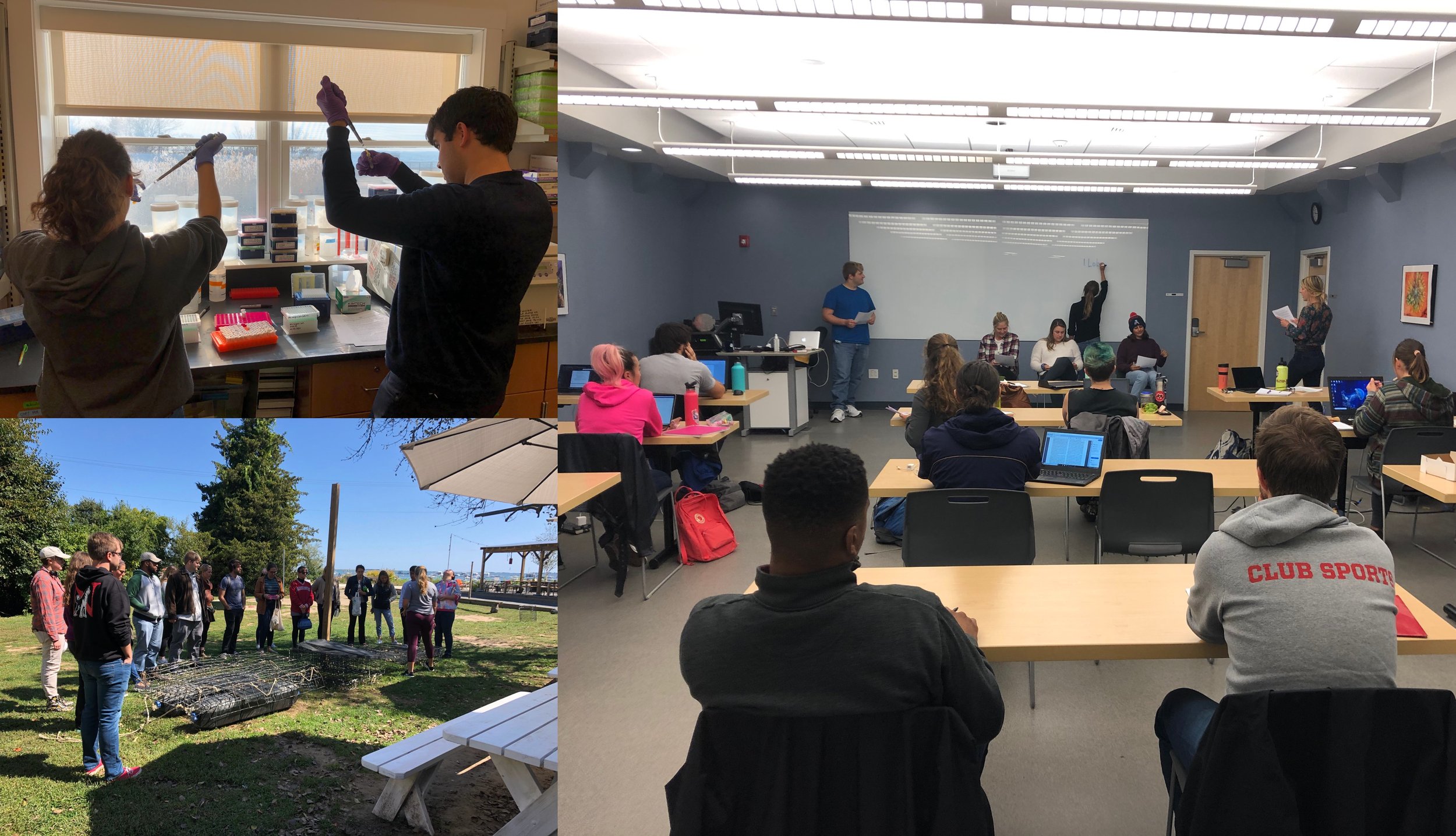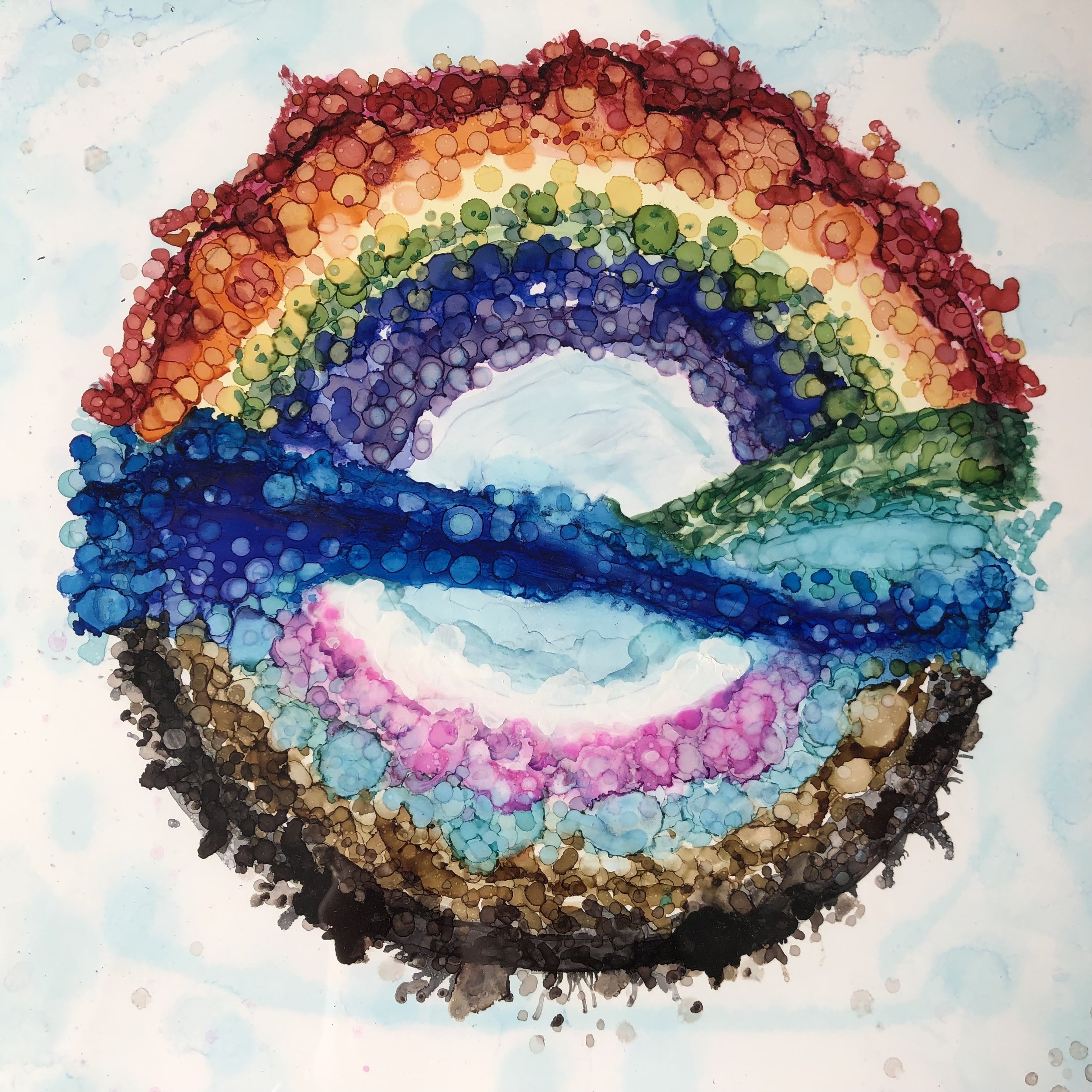
BIODIVERSITY RESEARCH
ACROSS SPECIES AND SYSTEMS
TO INFORM
CONSERVATION, RESTORATION, MANAGEMENT, AND POLICY
Photo by Jennifer Joseph
DIVERSITY MATTERS
My research explores how consideration of diversity at multiple scales (e.g., within and among species) can predict species responses to climate change and thus inform best practices for conservation, restoration, management, and policy. I am particularly interested in how intraspecific diversity (e.g., genetic, phenotypic) affects population dynamics, community interactions, ecosystem functions, and the capacity of species to respond/adapt to changing environmental conditions. I use a combination of field surveys, field and laboratory experiments, and molecular techniques to assess changes in genetic and species identity and diversity and explore eco-evolutionary feedbacks.
Diversity is inherently valuable, beyond ecological interactions and evolutionary processes. I am committed to creating an inclusive and equitable environment that fosters the success of every individual, recognizing and celebrating each person’s unique identities, backgrounds, and experiences. I recognize that achieving this requires a continued commitment to education (reading, listening, and learning) as well as finding ways and creating opportunities to take action and elicit change.
SCIENCE INCLUDES RESEARCH, TEACHING, COMMUNICATION, AND OUTREACH
I aim to reach a broad audience with my science. This includes mentoring students doing field and laboratory research, engaging students with multiple interests in the classroom, helping students navigate diverse career paths, creating opportunities to involve the general public in community science, designing outreach activities for K-12 students from under-served groups, partnering with stakeholders and practitioners to identify knowledge gaps and priorities, and aiming to incorporate aspects of equity and environmental justice into my research priorities.
RESEARCH
I conduct research on a variety of key species in multiple systems, including Daphnia (water flea) in ponds/lakes, Crassostrea (oyster) in oyster reefs, Spartina (cordgrass) in salt marshes, and Zostera (seagrass) in seagrass beds.
TEACHING
I have designed and taught lecture- and laboratory-based classes for majors and non-majors, and led discussion sections and capstone research projects. I use a variety of teaching methods and learning strategies, and regularly take advantage of opportunities to further refine and develop my pedagogical approaches.
DIVERSITY, EQUITY, AND INCLUSION
I consider active participation in diversity, equity, and inclusion initiatives to be integral to my research, teaching, mentoring, and outreach. I have taken advantage of opportunities to learn, listen, and lead, and I am committed to continuing these efforts as a core component of my scientific career.
OUTREACH
I have organized and designed numerous outreach events and activities that engaged broad audiences and used diverse communication methods, including science cafés, virtual classroom lessons, hands-on activities for after-school programs, open houses, science fairs/symposia, and more.



